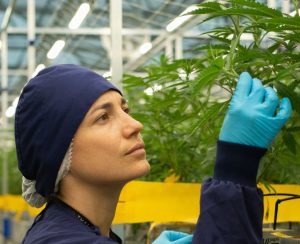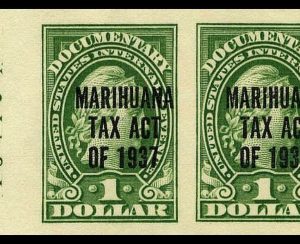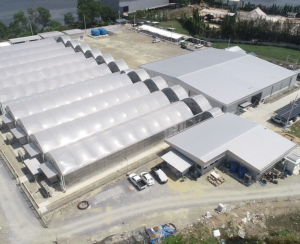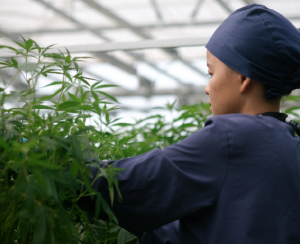- MAR
History of Cannabis and Thai Traditional Medicine
- Blog/News
PUBLISHED 18 MAR 2024 ON tHAIGER | BY Alessio Francesco Fedeli
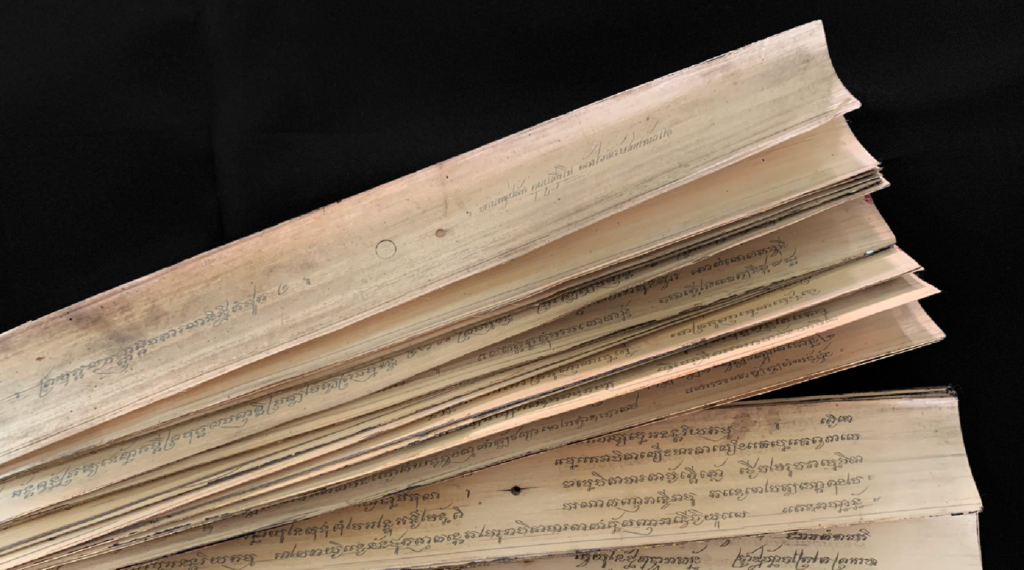
On June 9, 2022, Thailand made headlines as it took a bold step towards embracing the therapeutic potential of cannabis by enabling access to it for medical use. This monumental decision ushers in a new era of possibilities for alternative medicine in the country. However, as of February 2024, the landscape is evolving once again as the nation seeks to enact a new cannabis bill, one that would explicitly prohibit the recreational use of cannabis.
But did you know that cannabis has been a big part of Traditional Thai Medicine for centuries? Yes, during the time of King Narai the Great of the Ayutthaya Kingdom, cannabis, known locally as “ganja” was a big deal in Thai Traditional Medicine. It was used as an ingredient in various traditional medicines until it was criminalized in 1934.
Now, with all the talk about the legal standing of cannabis in Thailand, it’s fascinating to look back and see how it was used in traditional medicine – and its potential for the future. So, what was cannabis like back then? And how is it used today? To find out, we talked to khun Pornprom Amantrakul : a Thai Traditional Medicine Practitioner at CHA Dispensary and Tea Room and employee of Thai Stick, a local cannabis cultivation facility that focuses on the wellness properties of quality cannabis.
Thai Traditional Medicine
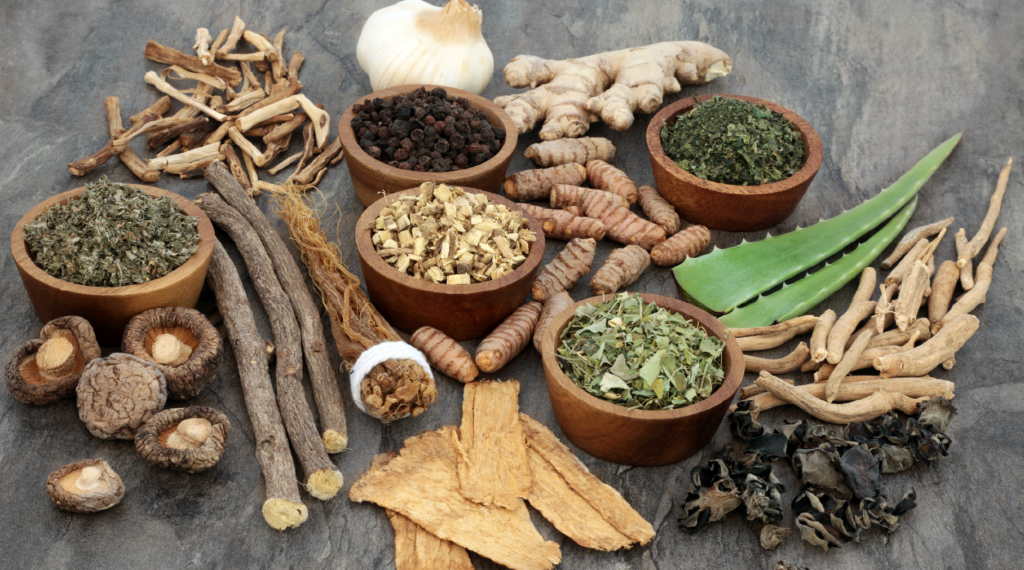
Before we talk about the use of cannabis in Thai traditional medicine, let’s cover the basics first. Thai traditional medicine is a medical science that has existed since the Sukhothai period, over 700 years ago. It has been passed down through generations by our ancestors from the past to the present. The principle of Thai traditional medicine is that when the body becomes sick or unwell, it is due to an imbalance of the four elements (earth, water, wind, fire) in the body. Therefore, the focus is on treating and balancing the four elements. Thai traditional medicine has four branches of treatment:
- Thai medicine (physical examination, diagnosis, and treatment of disease)
- Thai pharmacy (preparation of medicines, development of medicinal formulas, and use of herbal medicines)
- Thai massage (Thai therapeutic acupressure for treat symptoms, relax muscles, relieve pain, and stimulate blood circulation)
- Thai midwifery (care for pregnant women, childbirth, postpartum care, and newborn care)
Historical Use of Cannabis in Thai Traditional Medicine
In Thailand, evidence of the use of cannabis to treat various symptoms has been found since the Ayutthaya period, during the reign of King Narai the Great, in 1632. He recorded a book of medicinal herbs, formulas, and properties called “The Treatise on the Elements of King Narai or the Treatise on the Royal Medicines of King Narai”. Cannabis is one of the herbs frequently recorded in the book, used in various medicinal formulas to treat different symptoms.
Cannabis in Thai Herbal Formulas
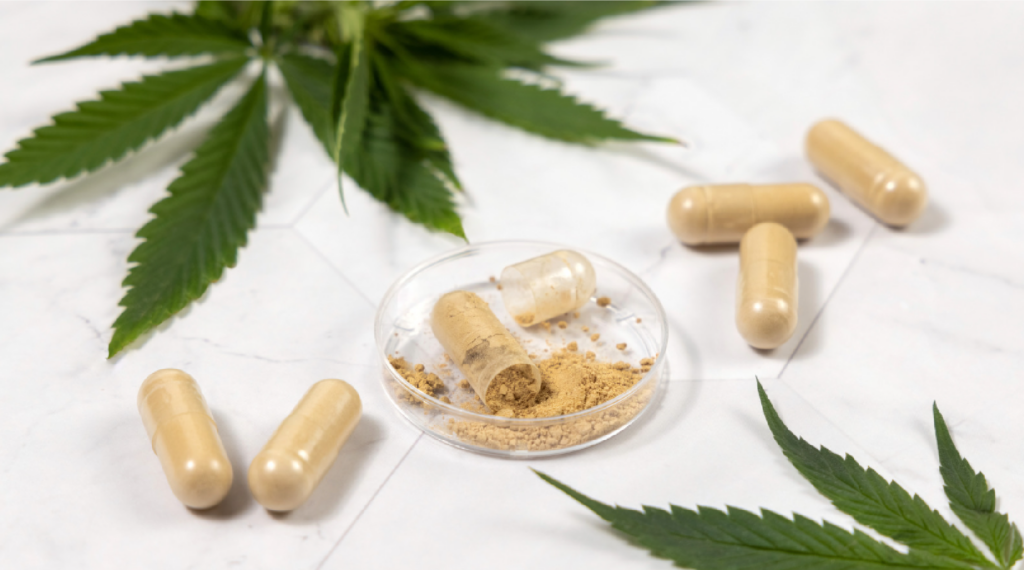
Cannabis used in Thai traditional medicine is mixed with other herbs. There are more than 200 recorded Thai herbal formulas that use cannabis as an ingredient. Currently, these formulas are still used and have been certified by the Department of Thai Traditional and Alternative Medicine (DTAM) under the Ministry of Public Health to be effective in treating various symptoms. There are 5 main formulas out of 16 formulas:
- Ya Suk Sai Yad: ยาศุขไสยาศน์: This formula is used to treat general weakness, fatigue, and loss of appetite.
- Ya Kae Non Mai Lhab/Kae Khai Phom Luang: ยาแก้นอนไม่หลับ // ยาแก้ไข้ผอมเหลือง: This formula is used to treat insomnia and weight loss.
- Ya Kae Lom Kae Sen: ยาแก้ลมแก้เส้น: This formula is used to treat muscle pain and stiffness.
- Ya Kae Rok Jit: ยาแก้โรคจิต: This formula is used to treat mental illness.
- Ya Tha Rid Si Duang /Roak Phiw Nhang: ยาทาริดสีดวงทวารหนัก/โรคผิวหนัง: This formula is used to treat haemorrhoids and skin diseases.
These formulas can be dispensed to patients in hospitals. Practitioners trained by DTAM suggest a gentle approach to using cannabis, advising small doses 2-3 times weekly with the option to increase gradually. This method is preferred over occasional high doses. They also recommend combining cannabis with other herbs and natural substances for enhanced therapeutic benefits, following the principle of synergy.
Community Knowledge of Cannabis
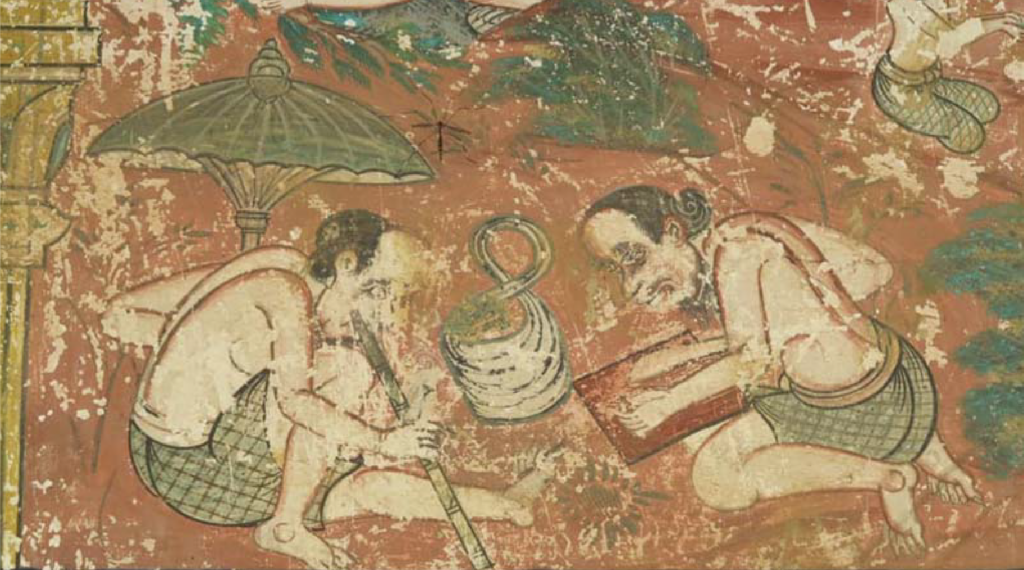
In Thailand, there is also continuous community knowledge about the use of cannabis in daily life. In the northeastern region (Isaan), several households grow cannabis for cooking and seasoning. This is because the Isaan region is predominantly an agricultural society, where people need a lot of energy for their work. They also need to relax their bodies for enough rest to be ready to work the next day. Therefore, the use of cannabis in cooking is very popular in Isaan communities. Cannabis helps to relax muscles, reduce stress, increase appetite, and make food taste better.
Current Use of Cannabis
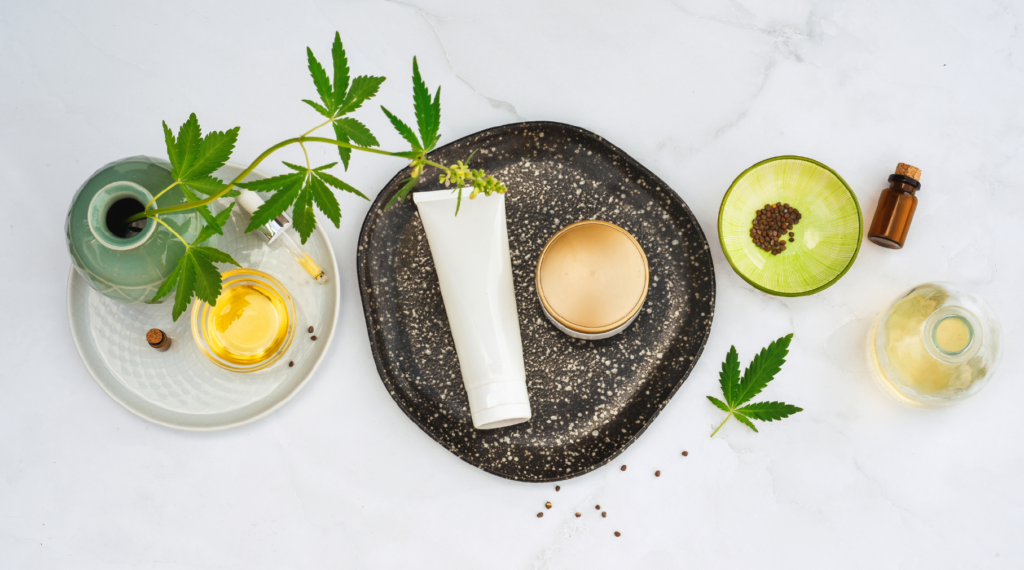
Today, cannabis has a variety of uses, catering to various preferences and health needs. It comes in forms like capsules, sublingual oils, topical products, balms, and teas. Moreover, it can be consumed in many ways, such as eating, smoking, topical application, and drinking.
However, it’s essential to approach cannabis consumption with caution and under the guidance of knowledgeable professionals. This is particularly important considering the evolving landscape of cannabis legislation in Thailand and the complex interplay between its medicinal properties and potential risks. Seeking advice from specialists, such as doctors, pharmacists, and Thai traditional medicine practitioners who have completed the Ministry of Public Health’s cannabis medical training course, ensures that consumers receive tailored guidance based on their individual health needs and preferences.
As Thailand grapples with significant shifts in cannabis legislation, it’s crucial to recognize the broader context of cannabis consumption. With policies changing, more research showing its effects on health, and a growing number of people using it for both medical and recreational purposes in the country, understanding how cannabis is used medicinally and how these new laws might affect its usage patterns is essential. Given the historical importance of cannabis in Thai Traditional Medicine and its modern applications, policymakers and healthcare professionals should take into account these changing trends to ensure that regulatory adjustments support public health goals and traditional healing methods.
To experience cannabis in Thai traditional medicine, visit CHA for a consultation with their TTM practitioner, or follow Thai Stick’s journey to cannabis for wellness through mindful cultivation.

